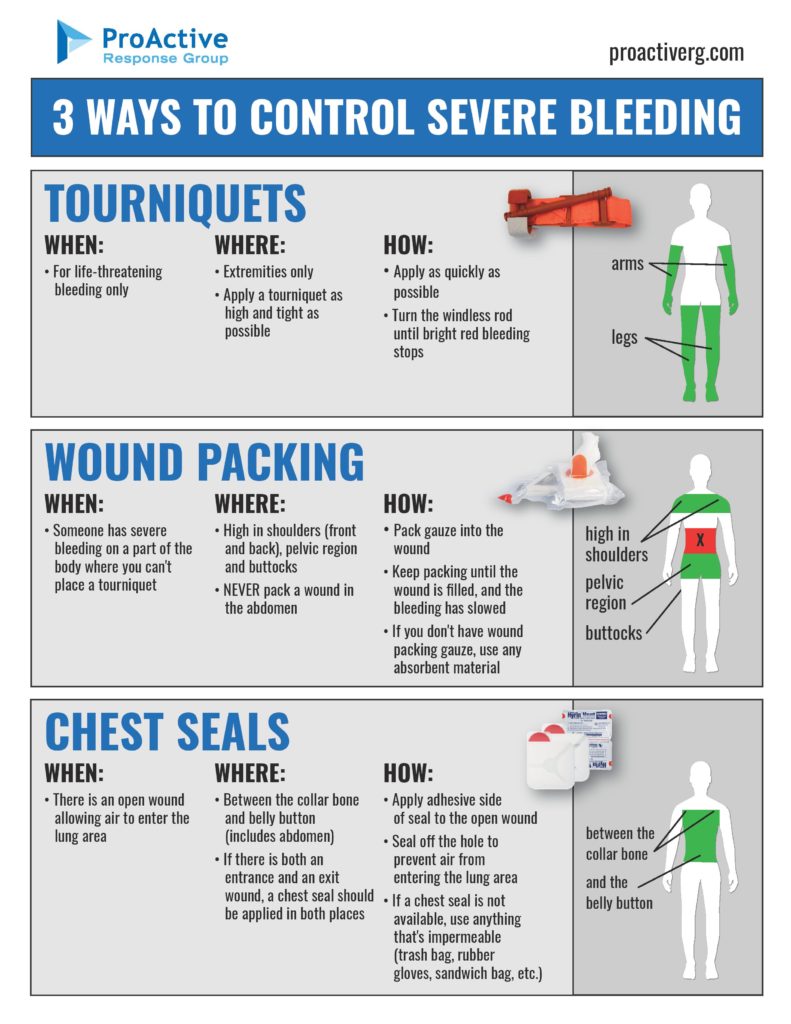A teen somewhere in Florida is going to be responsible for many liquid-damaged keyboards and coffee-irrigated sinuses after you read this story. On the plus side, he also provided the inspiration for a unique article published in Case Reports in Emergency Medicine entitled “Gunshot Wound Contamination with Squirrel Tissue: Wound Care Considerations.”
Our story starts with a young male out hunting for squirrels somewhere in Florida. He had been successful as he had several he had previously killed in his hunting vest and now was attempting to dislodge the latest one he shot. In what probably seemed like a good idea at the time to his teen mind, he used the butt of his shotgun to do this. Unfortunately what he didn’t do was first was unload the shotgun.
I’ll let the good doctors take up the story.
The patient was a teenage Caucasian male with no significant past medical history who arrived to the Emergency Department (ED) via ambulance with a complaint of gunshot wound to the right buttock approximately one hour prior to arrival. According to the patient he was using the butt of his 12 G shotgun to dislodge a dead squirrel from a branch over his head during a hunting trip and shot himself with a load of birdshot in the right buttock. He presented with stable vital signs and reported no pain other than at the wound.
On physical exam the patient appeared in no distress with mild tachycardia with a heart rate of 116. A cm deep wound on the right buttocks was hemostatic (Figure 1). The edges of the wound were black and ragged, while there was circumferential surrounding erythema that extended 4 cm beyond the wound. Rectal exam revealed normal tone without gross blood and no palpable foreign bodies near the rectum. Debris was observed in the margin of the wound. The rural transporting EMS personnel promptly identified the material as “squirrel parts.”
I know Ambulance Driver is rightly proud of his Florida cohorts for educating those city doctors about the source of the wound contamination.
The fact that the wound was contaminated with squirrel tissue became a major component of the treatment process. The ER docs were concerned about “zoonotic pathogens” being transferred to the wound similar to what might have happened with a rat or squirrel bite. The medical literature notes that these type of bites are sometimes responsible for rat bite fever, rabies, tularemia, and typhus. Our teen hunter’s treatment included aggressive debridement and prophylactic antibiotics which was successful in preventing those and other infections.
While we can joke about it now, this kid stayed in the hospital for 11 days, had two trips to the OR, and underwent more debridement of the wound to remove birdshot and “squirrel parts”. It is a cautionary tale about hunting accidents, possible wound infections, and negligent discharges. One hopes this kid learned a valuable lesson. I’m guessing he’ll be reminded of it every time he sits down for a long while to come.
H/T The Outdoor Pressroom

